The Yuanley YS25-0801P is a 2.5GbE and SFP+ switch that adds a small twist. While in some ways it is like the YuanLey YS25-0801 8-port 2.5GbE 1-port 10GbE switch we reviewed, it adds PoE/PoE+ and looks very different. As a result, we wanted to tear it apart to see how it worked.
If you just want a link to where to get the switch, you can find an Amazon affiliate link here. We have mostly transitioned to the 10GbE series, but we still have a few of these lower-end 2.5GbE devices to look at. We also found a new switch chip for the first time in a long time in a switch that is going through its 2.5GbE/ 10GbE testing.
Yuanley YS25-0801P Switch Review 2.5GbE and PoE Hardware Overview
The front of the switch has eight 2.5GbE ports and an additional SFP+ 10G port. We sometimes call this configuration an 8+1 just because we review so many of these switches that it is helpful to know if one is a 4+2, 5+1, 8+1, or 8+2. The 8+1 switches like this were some of the first to decrease prices significantly.
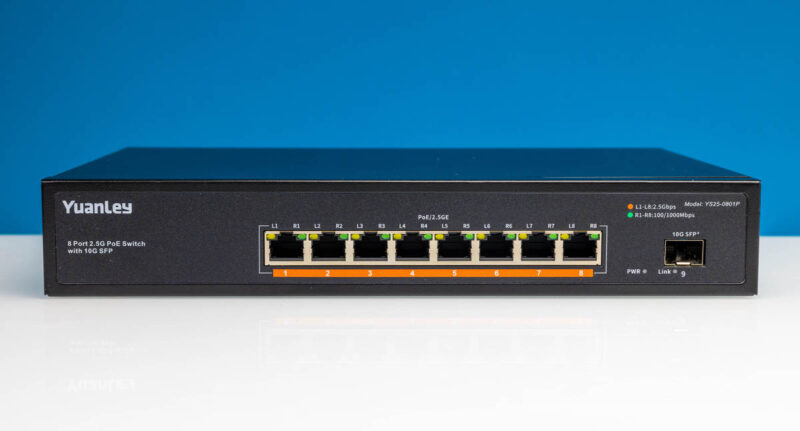
These eight 2.5GbE ports are also PoE/PoE+ capable. We did not find PoE++ 802.3bt on the ports with our Fluke 5018508 (Amazon Affiliate Link) test tool. For most cameras and such, this is plenty of power. For higher-performance WiFi APs that might use 2.5GbE uplinks, PoE+ is sometimes not enough power.
Since we reviewed the YS25-0801 previously, some may assume this is simply the PoE version of the same switch. Here is the front of the YS25-0801. You can see it is much more compact, but it also has the 10G SFP+ port much closer to the 2.5GbE ports, so we know there is a different PCB inside, not just an identical PCB with added PoE boards.
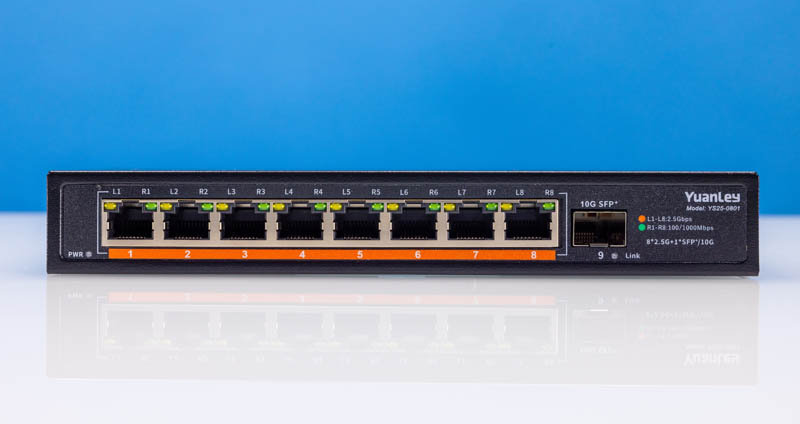
On one side, there is a vent.
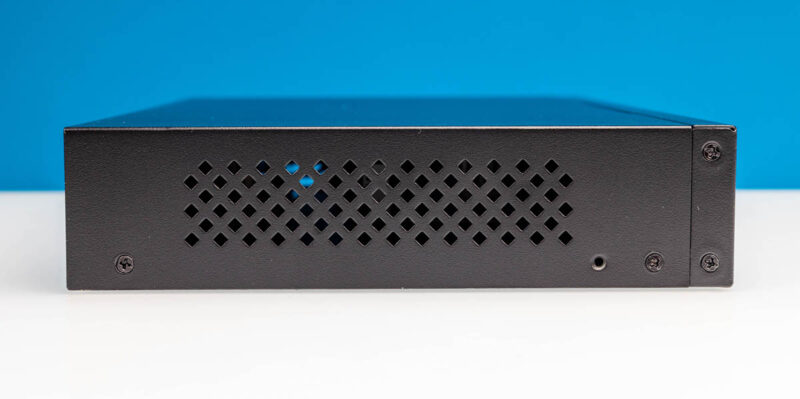
On the other side, there is a port for a fan that is unoccupied.
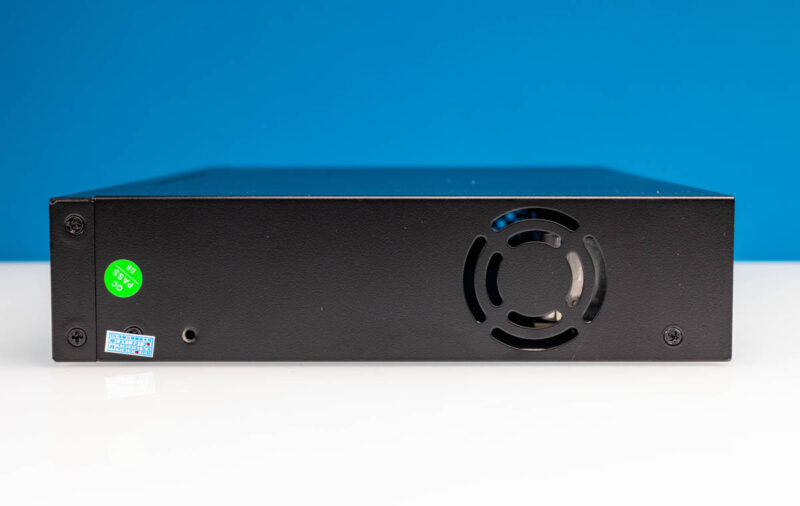
On the back, we get something a little bit different. Instead of an external power brick, there is an internal power supply.
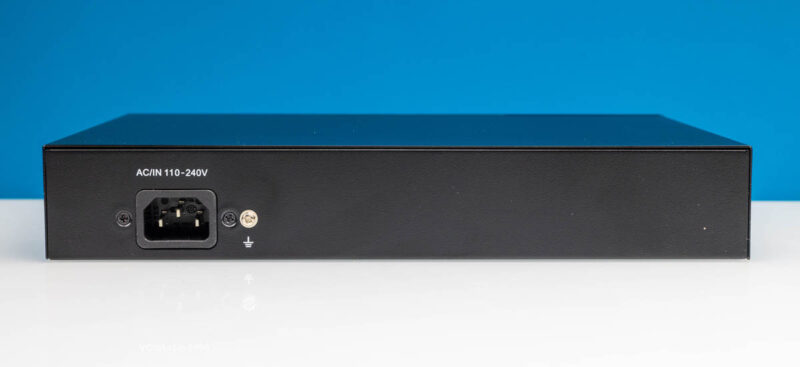
On the bottom, we get a label. This label tells us the max output from the power supply is 120W. With <20W for the switch, that would lead to roughly a 100W PoE budget.
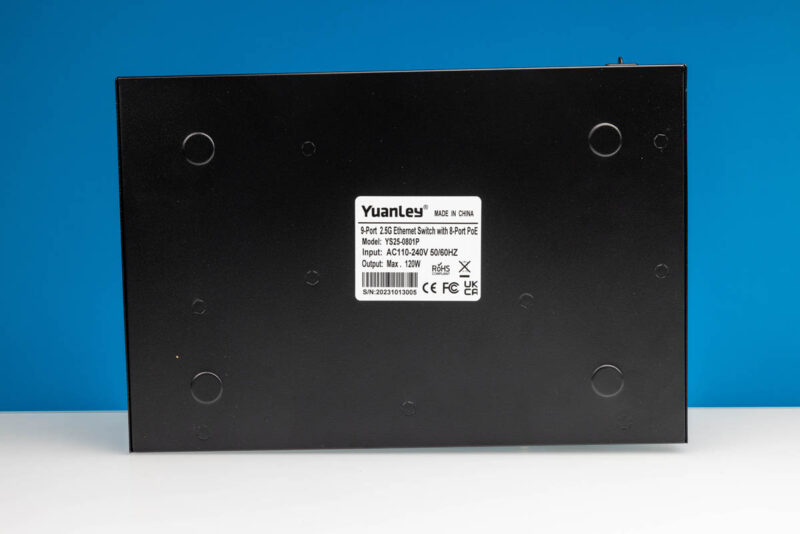
We took the top off and here is inside the YuanLey. We can see the power supply and the main switch PCB.
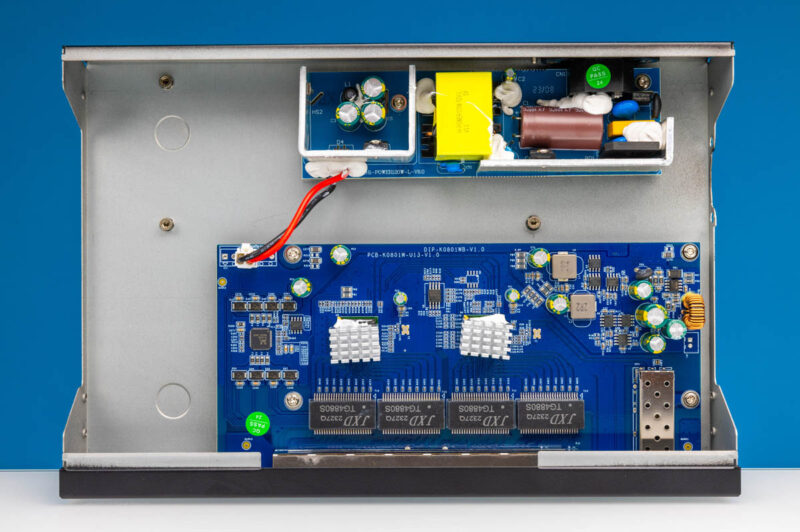
Longtime readers will look at this and see many similarities with the Davuaz Da-K9801WP we reviewed. You can see the internals of that switch here, and they are very similar. They even have the same switch PCB revision numbers.
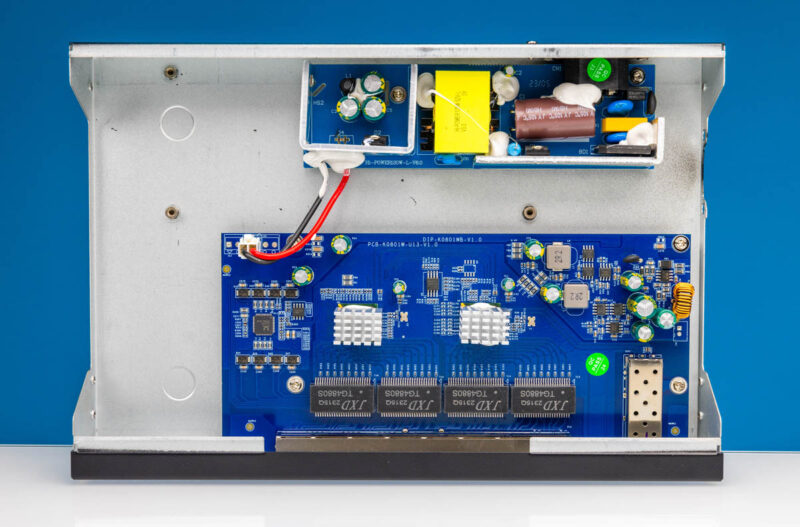
Here is the power supply. This is the same HI-POWER120W-L-V6.0 that was in the Davuaz.
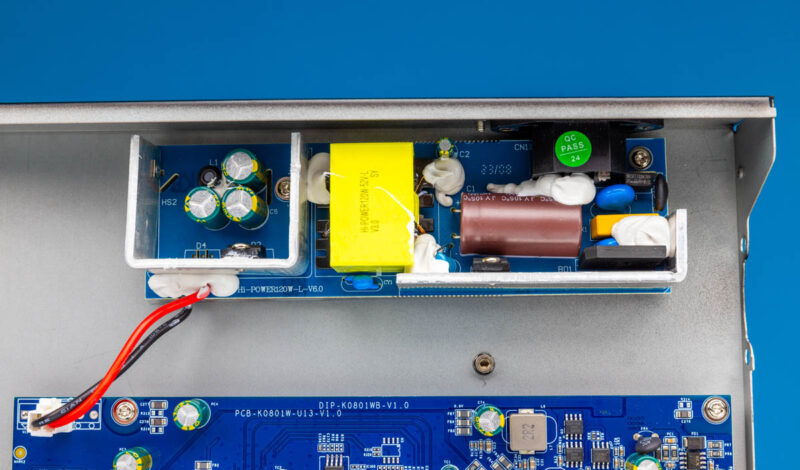
Here is the familiar 2-chip Realtek solution. It appears as though the person gluing the heatsinks onto the Realtek chips did not care about how well aligned they are.
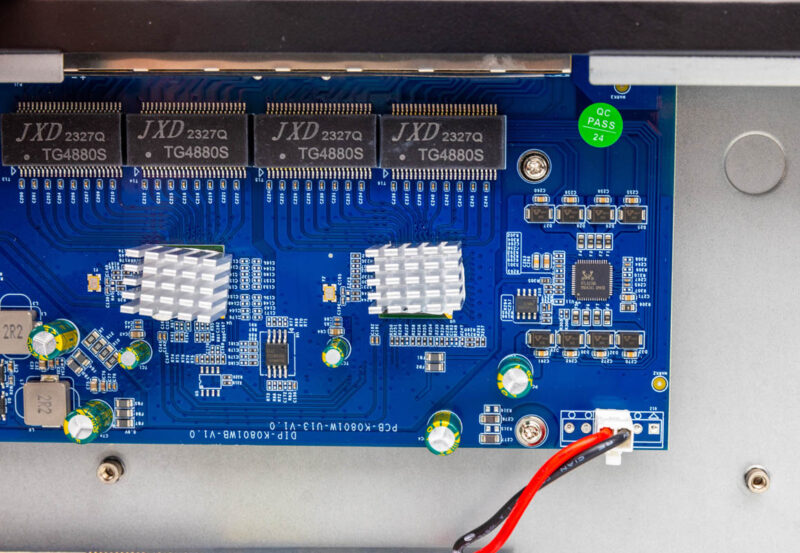
We also see a Realtek RTL8238B onboard.
Next, let us get to the management and power consumption.

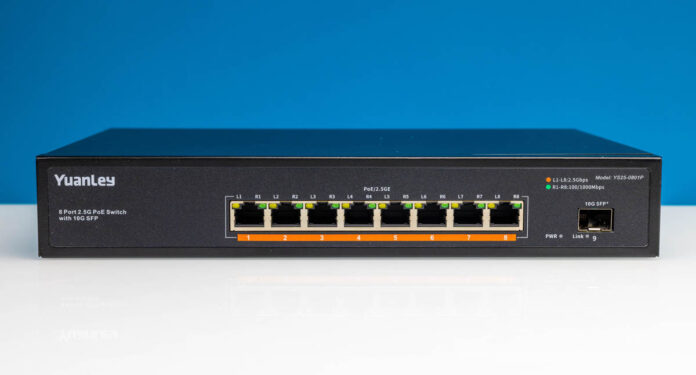


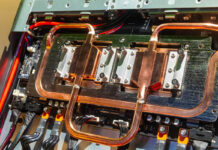
Is there any info if you can have jumbo frames with that switch? Or other switches for that matter?
Could you perhaps add that to your test setup otherwise?
@RohitKumar
I have been banned from the forum due to spam. I not sure how. Can a ask to unban me?
Same nick/email as here.
@Jimmy Hedman
FWIW, the Asustor Switch’nstor 9 Gen2 uses the same combination of Realtek chips (RTL8373 + RTL8224), and claims to support 10k Jumbo frames (https://www.asustor.com/news/news_detail?id=33001).
I’ve got the Yuanley on my desk next to me, if I get some time over the weekend I’ll test it with a couple devices.
@Tom H
Ah, great, thanks!